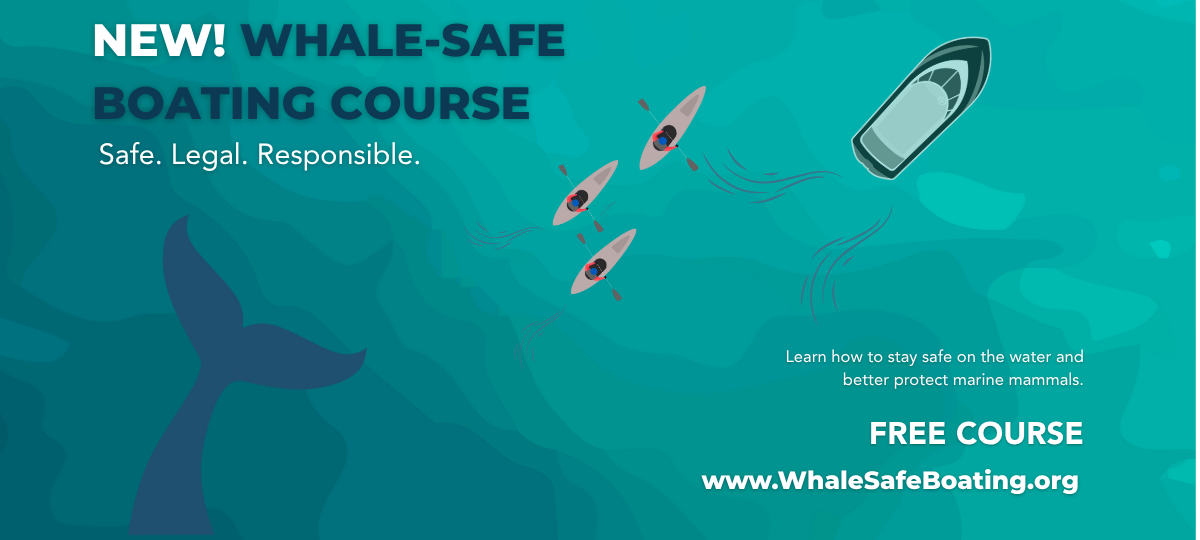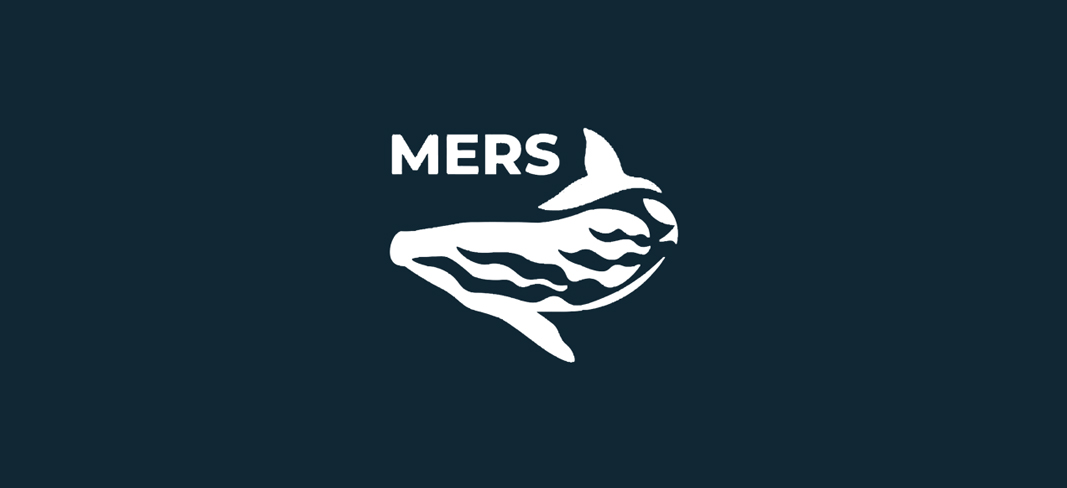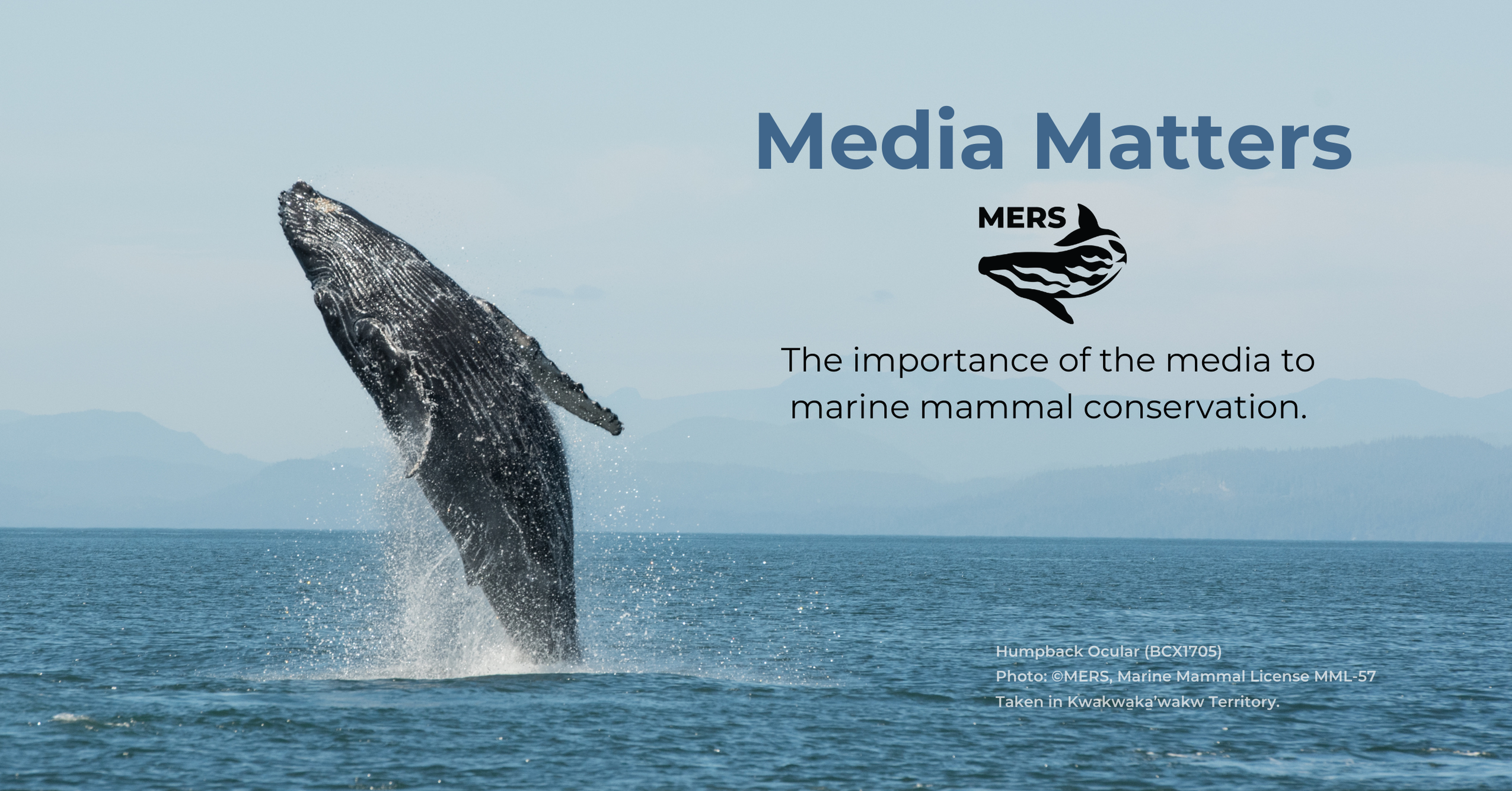What follows the timeline and details for a dead minke whale found near the Sointula breakwater.
Written by MERS team member, Jared Towers.
The minke whale is the smallest baleen whale in the North Pacific Ocean. It is grey in colour, has a low surfacing profile and is usually quiet and solitary. They are relatively uncommon along the west coast of North America but, can reliably be found in very specific feeding areas in summer. These areas are typically shallow with deep water nearby, have sand and gravel substrates and strong currents. The waters surrounding Cormorant and Haddington Islands between Vancouver and Malcolm Islands have these unique characteristics and therefore provide excellent habitat for minke whales. Photo-identification studies I have conducted here since 2007 have verified that six individuals migrate from warm waters at low latitudes each spring to forage on herring and sandlance in this region before returning south in fall.
To my knowledge there are no confirmed records of minke whales off northeastern Vancouver Island between December and February. However, this changed on February 3rd 2022 when Callyn Holder and Scott Turton saw and photographed a small minke whale surfacing near the Sointula ferry terminal (Figure 1). Four days later (February 7th) the Transport Canada pollution surveillance plane filmed a whale-like shape motionless in shallow water inside the Sointula breakwater in Rough Bay. It was filmed from the air again on February 23rd (Figure 2) and I was able to verify with an underwater camera that it was a minke whale on February 27th. The skin had deteriorated along most of its body and the tips of both lower mandibles were exposed, but otherwise, it was fully intact. However, it also had a bloody gash about 60 cm long running perpendicular across the top of the head (Figure 3).

Three days later (March 2nd), Jackie Hildering dove on the carcass and tied a rope around the peduncle. I secured six scotchman to the line to act as an inverted catenary and then towed the carcass (Figure 4) to a remote beach nearby for sampling, decomposition and deboning. At low tide later in the day, I returned to find several bald eagles and ravens (Figures 5 & 6) picking at it. They had focused their efforts mostly around the head but, had also been ripping strips of flesh off all other accessible areas. Nevertheless, Elysanne Durand, Celine van Weelden and I could see that there was pre-existing damage to the tip of the skull (Figure 7) and that the dorsal fin had already lost much of its natural shape ruling out any hope for a match to any individual in the coastwide photo-identification database (Figure 8). Two well-healed cookie-cutter shark scars (Figure 9) were visible on the left posterior flank of the whale and its overall length was measured at 5.95 metres indicating that it was a juvenile and therefore not any of the six seasonal residents known to northeast Vancouver Island who are all adults and likely in the 7-9 metre range.


The next day (March 3rd) I went back to Sointula to meet with Jim McDougall and Bridgette (Bridie) McDonald. Interestingly, on January 21st 2022, Bridie had discovered several broken planks on L finger of the dock inside the Sointula harbour. They had been broken from underneath and some of them as well as parts of the frame of the dock had layers of smooth dark grey and light grey skin on them (Figure 10). Jim pried up one replacement plank and I was able to find some leftover bits of skin to put in a sample vial with ethanol. I sent this sample alongside another taken from the carcass (Figure 11) for DNA analysis to determine if it was indeed this minke that had busted up the dock. Considering the timing, location, gash across the head and broken skull tip it seems rather likely, but this kind of event is so unusual that we will leave the conclusion to the geneticists. In fact, the most similar incident I’ve dug up so far came from Graeme Ellis who years ago heard of a report of a whale busting up through the planks of a wooden sailboat. It seemed like the kind of bad excuse a careless navigator might make after hitting a rock, but they had whale baleen broken off in the boat to prove it.
On March 5th Elysanne and I went back to the carcass to check on the state of decomposition and collect any phalanges that may have been falling off. The rate at which the scavengers had been consuming flesh was phenomenal. Directly next to the carcass I found a tooth that may have belonged to a bear (Figure 12). They had ripped a small hole in the abdominal cavity and exposed the flesh around the penis for the first time. This made everything about this minke even more anomalous than it already was because these whales are usually sexually segregated on the feeding grounds and all records of those that have died or been biopsied along the BC coast were female. Keeping in line with the naming criteria I developed for minke whales years ago I chose to call this one Volcano due to the nature and timing of its occurrence here soon after the eruption of a deep ocean volcano in the South Pacific which sent a strong but small tsunami all the way to the BC coast.

The following afternoon (March 6th), a small group of people from the ‘Namgis First Nation, Bay Cetology and OrcaLab in Alert Bay gathered for a ceremony to pay our respect to Volcano and release its spirit (Video 1). Standing alongside friends and colleagues to honour this whale was a beautiful experience. Thank you Amber Alfred, Andrea Cranmer, Ernest Alfred, K’odi Nelson, Kelsey Nelson, Shannon Alfred, Shelley Cook, Kara Souch, Paul Spong, Helena Symonds, Elysanne Durand, Tasli Shaw and Celine van Weelden. Over the coming weeks I will make regular visits to Volcano’s carcass to monitor scavenger activity and collect all bones for later rearticulation. My hope is that his skeleton can eventually be displayed for educational purposes somewhere in Alert Bay, Sointula, Telegraph Cove or Port McNeill considering how uniquely important the waters between these communities are for this species.
JT
References:
- Ford, J.K.B. 2014. Marine Mammals of British Columbia. Royal BC Museum: Victoria.
- Nikolich, K. and J.R. Towers. 2018. Vocalizations of common minke whales (Balaenoptera acutorostrata) in an eastern North Pacific feeding ground. Bioacoustics 29(1):1-12.
- Towers, J.R. 2011. Minke Whales of the Straits off Northeastern Vancouver Island (Second Edition). Marine Education and Research Society, Alert Bay, British Columbia, Canada
- Towers, J.R., C.J. McMillan, and R.S. Piercey. 2019. Sighting rates and prey of Minke Whales (Balaenoptera acutorostrata) and other cetaceans off Cormorant Island, British Columbia. Canadian Field-Naturalist 133(2): 144–150.
- Towers, J.R., C.J. McMillan, M. Malleson, J. Hildering, J.K.B. Ford, and G.M. Ellis. 2013. Seasonal movements and ecological markers as evidence for migration of common minke whales photo-identified in theeastern North Pacific. Journal of Cetacean Research and Management 13: 221–229.


